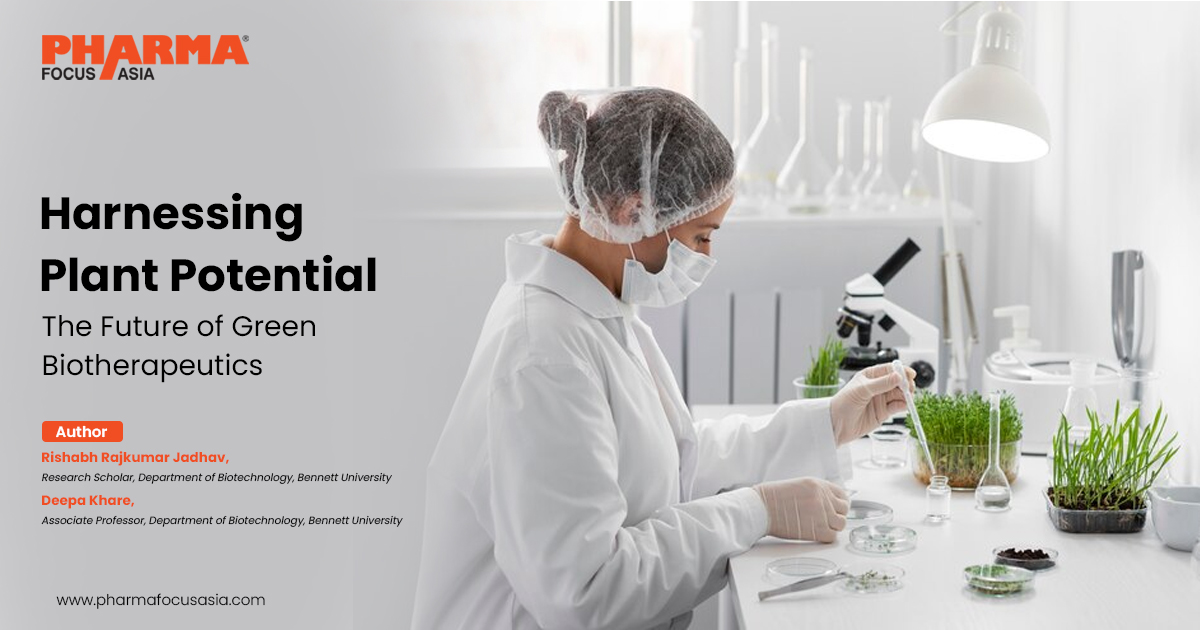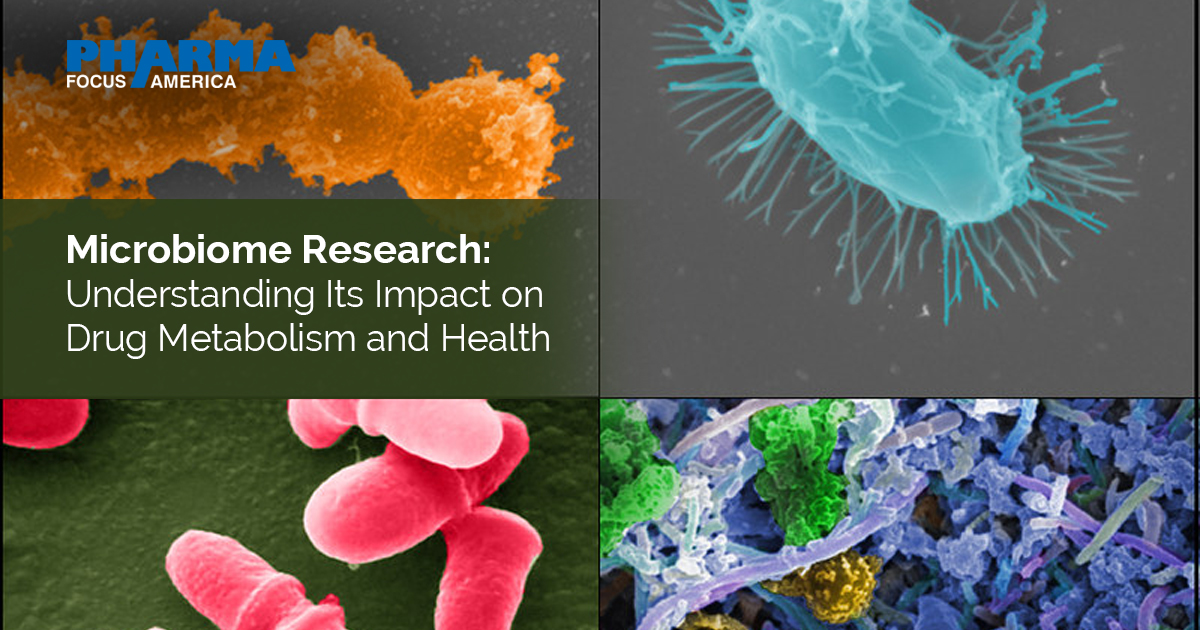Harnessing Plant Potential The Future of Green Biotherapeutics

Strong 8k brings an ultra-HD IPTV experience to your living room and your pocket.
Authors:
Rishabh Rajkumar Jadhav, Research Scholar, Department of Biotechnology, Bennett University
Deepa Khare, Associate Professor, Department of Biotechnology, Bennett University
Plants hold remarkable potential for producing cost-effective, scalable biotherapeutics, offering a promising alternative to traditional methods like microbial fermentation and animal cell cultivation. Species such as tobacco, rice, and maize are being explored for their ability to produce therapeutic proteins thanks to advancements in genetic engineering. The future of plant-based medicines depends on strong collaboration among researchers, industries, and governments to unlock this potential and drive innovation in the field.
Introduction
Biotechnology has achieved remarkable milestones, with plant-based production of biotherapeutics emerging as a compelling innovation. Traditionally, biotherapeutics have been manufactured through microbial fermentation or animal cell cultivation, but plants offer a greener, more cost-effective alternative. Thanks to advances in genetic engineering and biological processing, plants are now positioned to produce complex protein structures, potentially transforming disease treatment and improving overall health (Figure 1).
The allure of plant-based production lies in its cost-effectiveness and scalability. Unlike traditional methods that require costly infrastructure, plants thrive with minimal resources— just good soil and a well-maintained greenhouse. This simplicity can reduce startup costs by up to 25%. Furthermore, plants can modify and fold proteins in ways crucial for effective medicine, offering unique advantages for drug efficacy.
A variety of plant species, including tobacco, maize, rice, potato, and lettuce, have been explored for protein production. Each offers distinct benefits in terms of scalability, post- translational modifications, and yield. For example, tobacco plants are highly amenable to genetic manipulation, while staple crops like rice and maize are ideal for large-scale production at reduced costs.
Plants have been utilised to produce therapeutics for numerous diseases, including antibodies for Ebola and potential vaccines for COVID-19, Zika, and other pathogens. Advances in genome editing technologies, such as CRISPR/Cas9, and transient expression systems like magnICON, have enhanced plant-based protein production, allowing for rapid and customisable outputs.
The post-pandemic era has underscored the critical need for diverse biotherapeutics, driving global demand with a projected CAGR of 5.9% until 2030. Indian pharmaceutical companies, now the third largest globally, have become leaders in this field, supplying 60% of global vaccines. Their cost-effective production methods and government support, including initiatives like the Production-Linked Incentive (PLI) and Strengthening of the Pharmaceutical Industry (SPI), position India as a major player in the global market, expected to reach $130 billion by 2030.
Despite these advantages, plant-based biotherapies face challenges. Skepticism around safety and efficacy persists, and improving protein yield and purity remains a focus of ongoing research. Regulatory barriers and the need for rigorous quality control also need to be addressed to fully realise this potential.
To advance this promising field, a collaborative effort among researchers, industry leaders, and government bodies is essential. Embracing innovative approaches and overcoming challenges will be key to harnessing the full potential of plants as biofactories, paving the way for more sustainable and accessible medicine. As we delve deeper into this green frontier, it’s fascinating to consider how plants—our everyday companions—could play a pivotal role in shaping the future of healthcare.
Figure 1- Average Yield of biotherapeutics in different expression system in grams per kilogram fresh weight (g/Kg) or grams per litre (g/L) shows that plant-based systems offer competitive yields like those of bacterial, yeast, and insect cells. However, plant systems typically produce around 50% less yield than mammalian expression systems.
Discover more: https://www.pharmafocusasia.com/articles/harnessing-plant-potential
Note: IndiBlogHub features both user-submitted and editorial content. We do not verify third-party contributions. Read our Disclaimer and Privacy Policyfor details.







